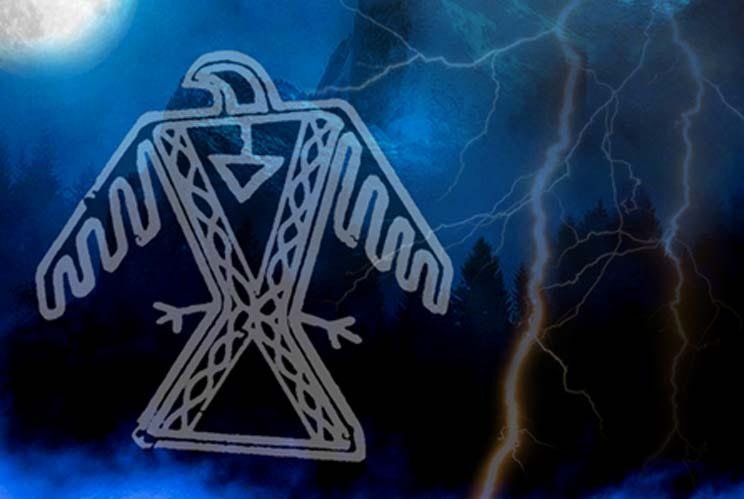
Yesterday I was notified that The Coming of the Thunder People had been published. I read the article with interest, particularly as it regarded two tribes I am personally connected with, the Chippewa I am related to by blood, and the Tlingit, amongst whom I was raised in Sitka, Alaska. Immediately after reading this article that pointed out the greater Denisovan admixture of the Tlingit and a few Algonquian tribes, the Ojibwa and Cree, I read of @jin-out's interest in the Tlingit and my knowledge of them.
 @valued-customer
@valued-customer
I always feel new challenges and frustrations when I read articles by genius @valued-customer! @valued-customer always uses American academic , Political and diplomatic English sentences, which makes it very difficult for American elementary school students to read! I believe even Joseph from Oregon couldn't read his writing!😆
However, I felt that his research was infinitely valuable because it was a field that East Asians currently did not know about! The Coming of the Thunder People is currently not available in translation in East Asia.
Currently, scholars in China, Korea, and Japan are fascinated by the Aryan theory.
4. Indo-Aryan women who fascinated East Asian men!
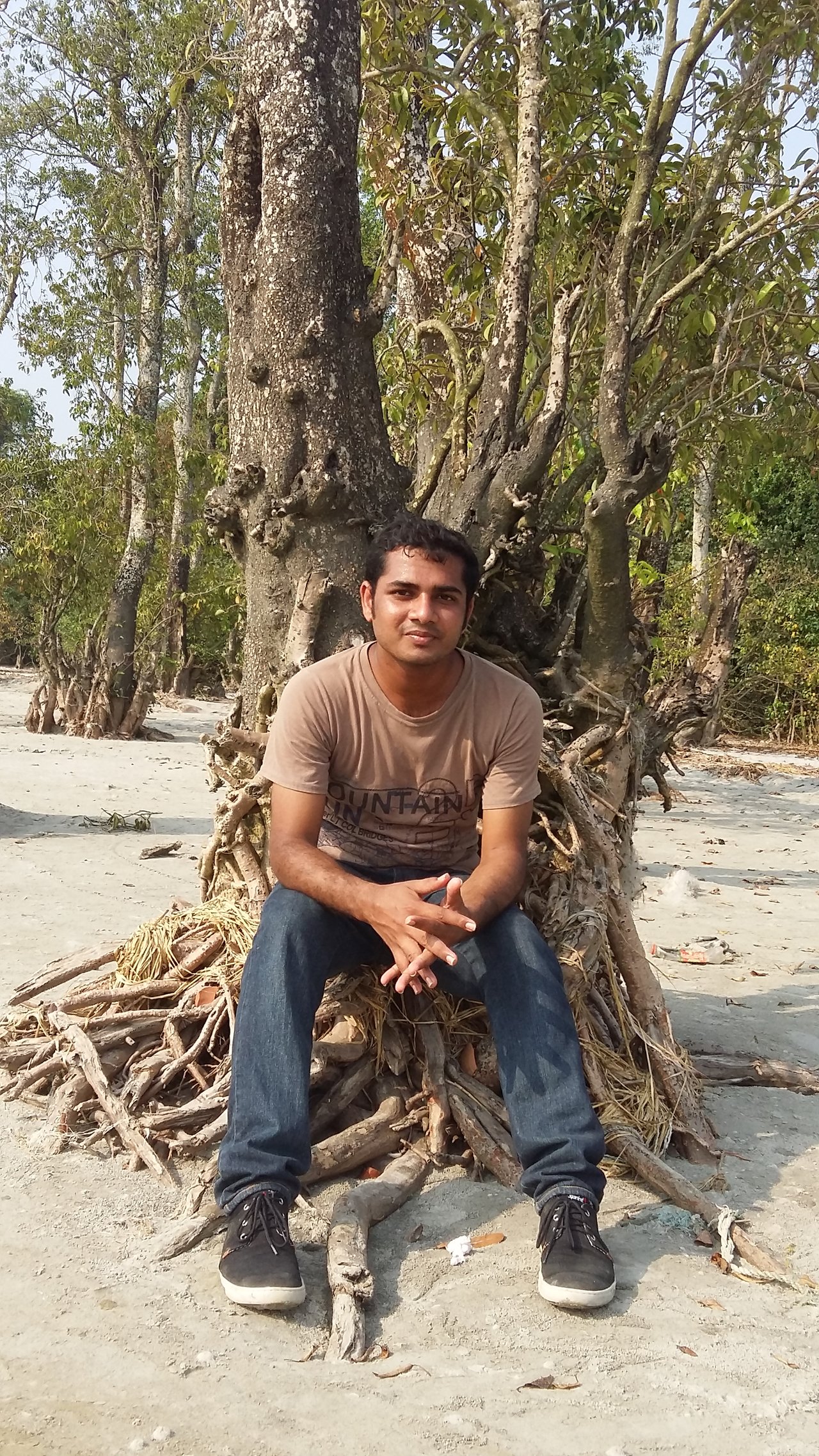 @tanzil2024
@tanzil2024
I have written many articles to seduce Hassan, the most handsome man in the Indian subcontinent till date!😉
For over 2,000 years, Hassan's ancestors have been seducing East Asian men by showing them paintings and sculptures of Indian women.😄
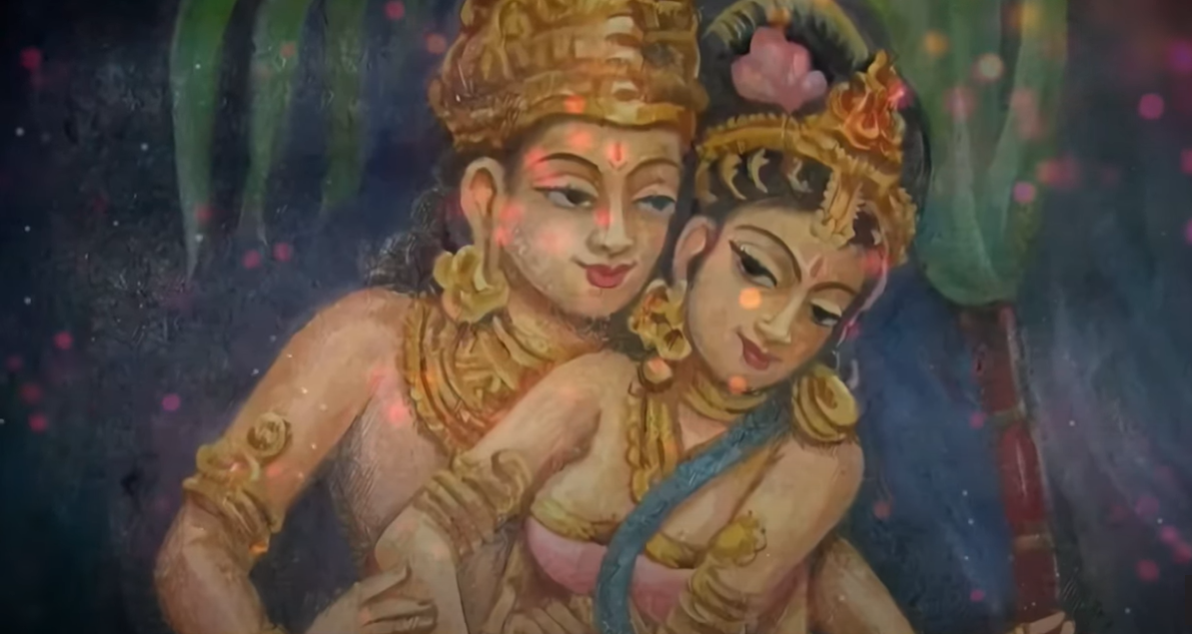

Ashoka, also known as Asoka or Aśoka (/əˈʃoʊkə/[7] ə-SHOH-kə; Sanskrit: [ɐˈɕoːkɐ], IAST: Aśoka; c. 304 – 232 BCE), and popularly known as Ashoka the Great, was Emperor of Magadha[8] from c. 268 BCE until his death in 232 BCE, and the third ruler from the Mauryan dynasty. His empire covered a large part of the Indian subcontinent, stretching from present-day Afghanistan in the west to present-day Bangladesh in the east, with its capital at Pataliputra. A patron of Buddhism, he is credited with playing an important role in the spread of Buddhism across ancient Asia.
Ashoka, who established the first Buddhist kingdom in the Indian subcontinent 2300 years ago, is famous among East Asians! Ashoka was a very outstanding and great king, famous for his achievements in spreading Buddhism throughout Asia!
He arranged marriages, especially between Indian women and East Asian kings.
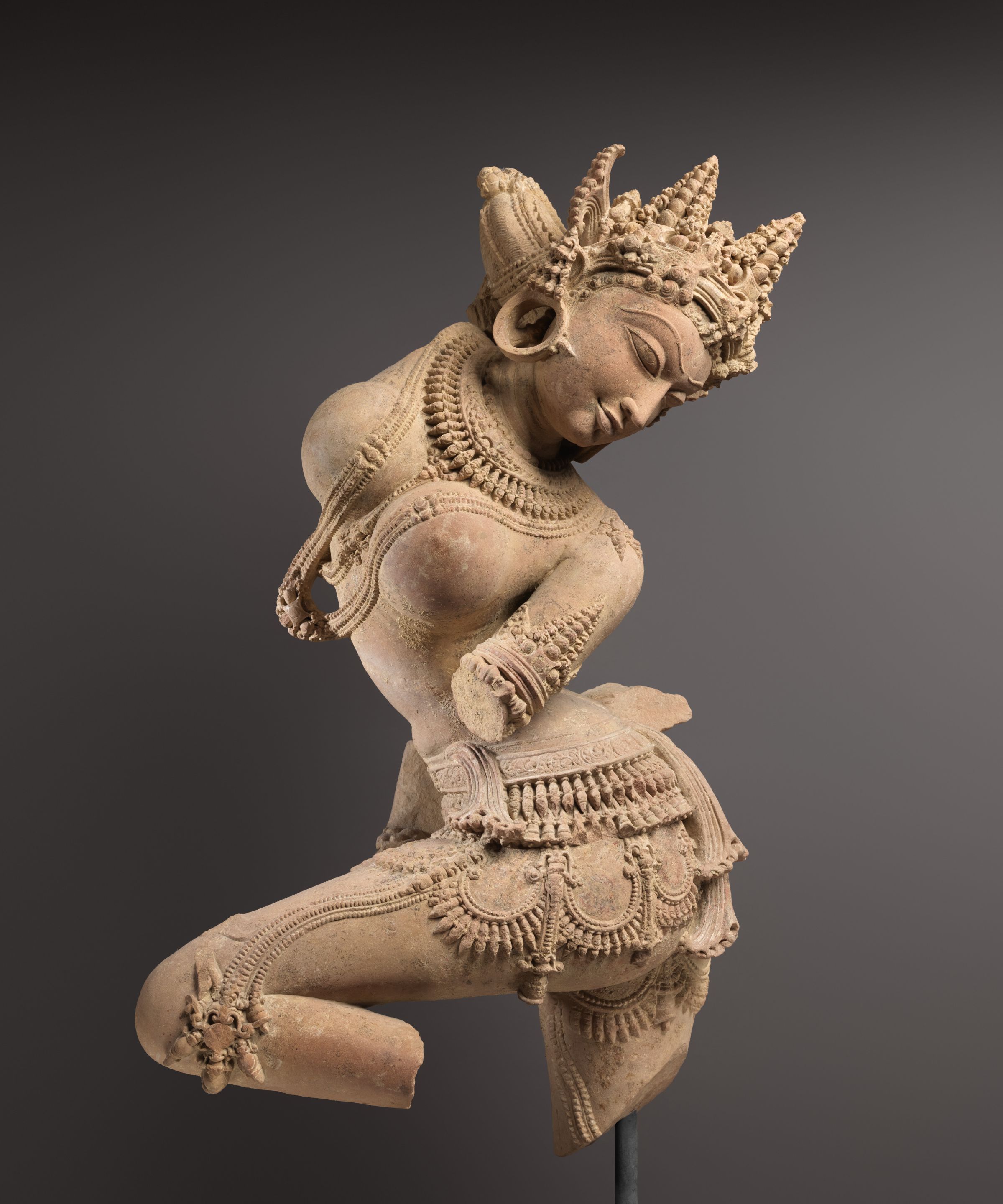
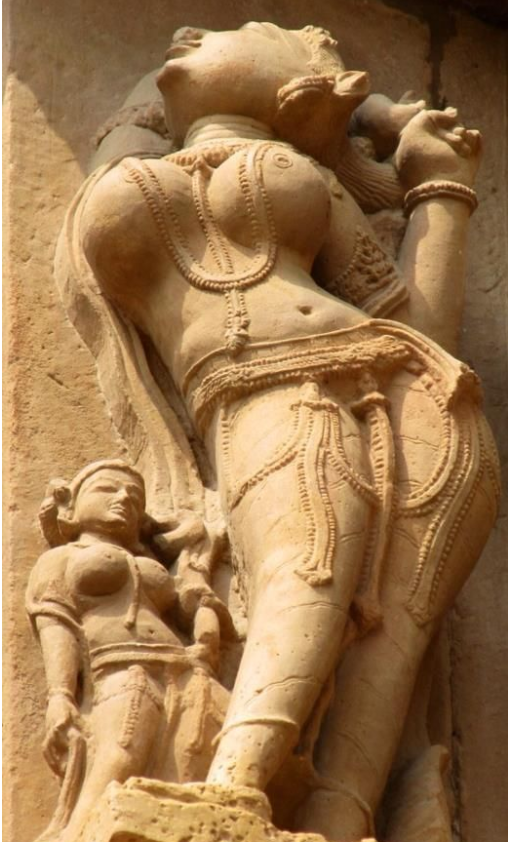
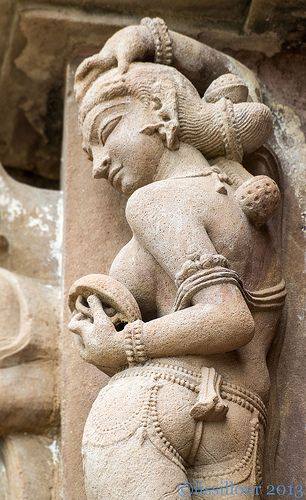
This sculpture depicting an Indian woman's body continues to fascinate East Asian men today.😊
 Woman of the Indian Subcontinent, painted by a Japanese artist
Woman of the Indian Subcontinent, painted by a Japanese artist
2000 years ago, Indian civilization was more advanced than East Asian civilization, so East Asian kings married Indian women and accepted Buddhism.
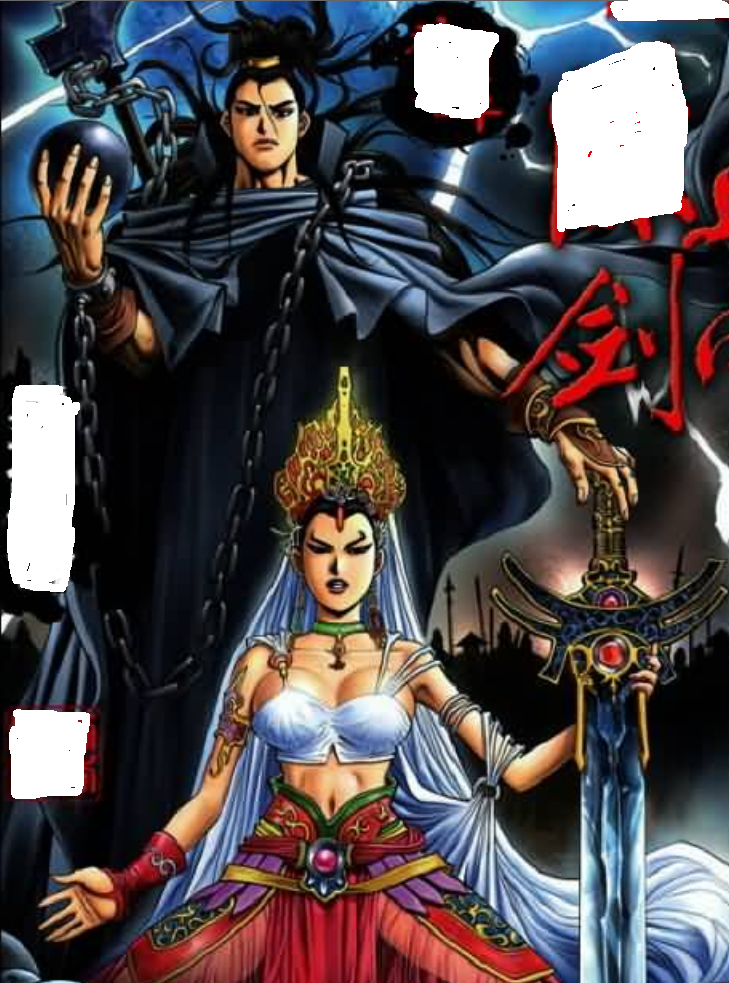
A Korean artist has painted a Chinese king who married an Indian woman.
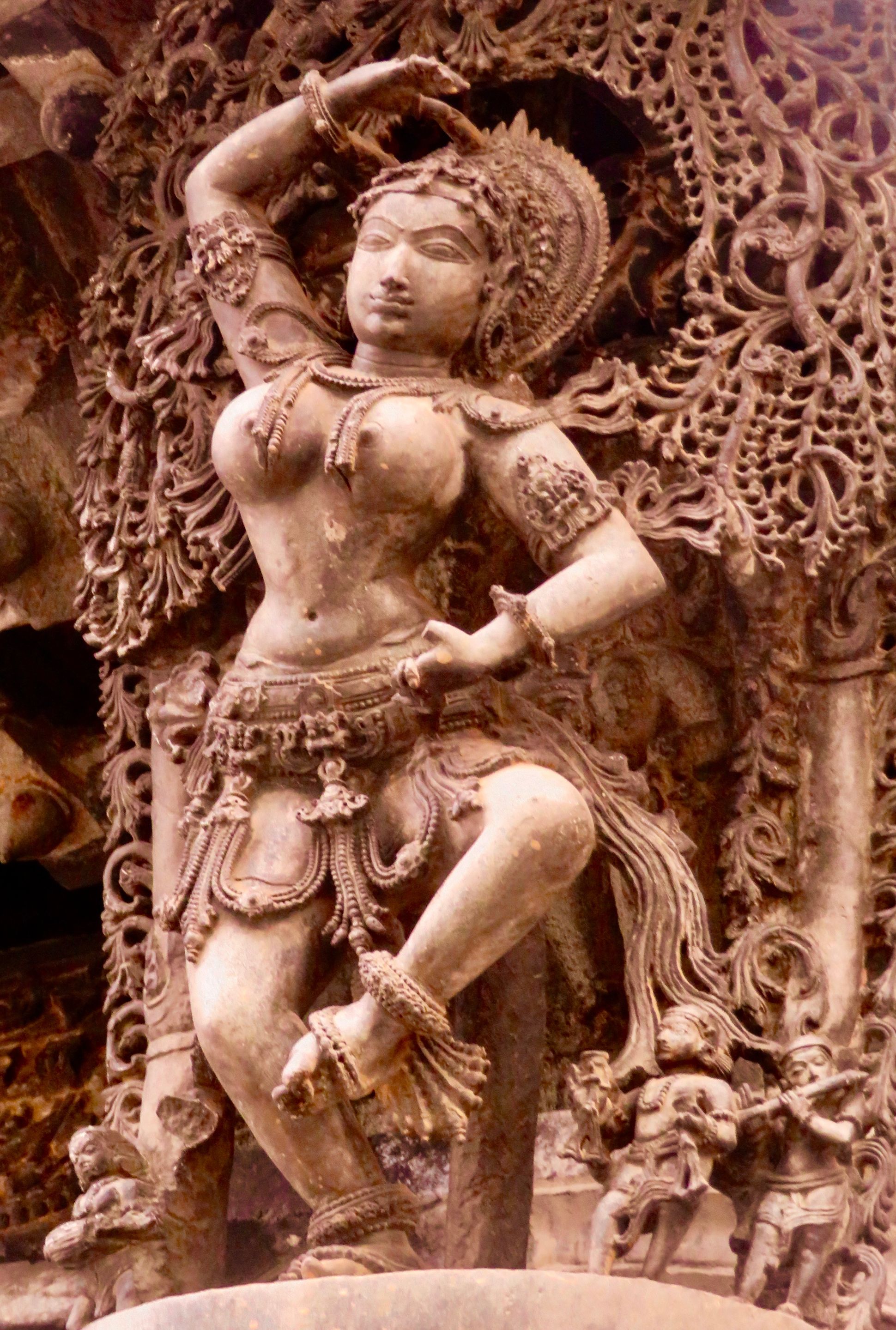
East Asian men are particularly fascinated by Indian goddess statues!😄
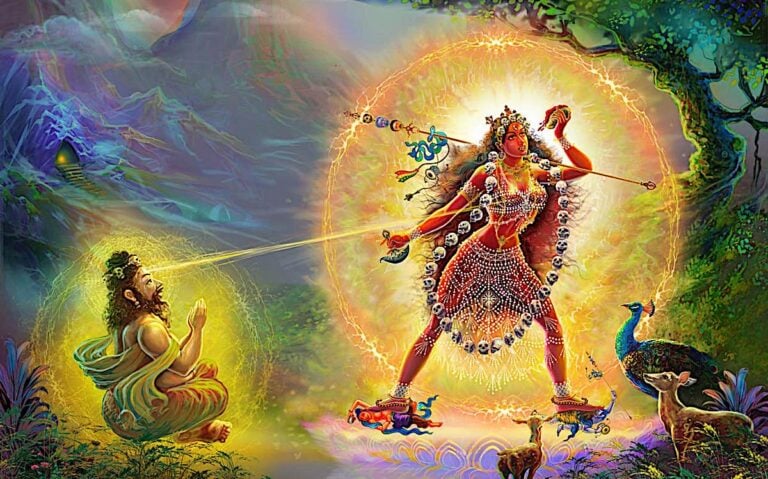
Vajrayogini has been called the “Buddha for our times.” Many of the great Mahasiddhas, such as Naropa, attained realizations through her practice. There’s an old Tibetan saying: “Practicing any Buddha is practicing all Buddhas.” The great Atisha, when he first came to Tibet, was horrified to find Tibetans practicing many deities at once. He admonished them that they only have to practice one. The Enlightened qualities of one Buddha — including Vajrayogini — are no different from the qualities of another Buddha, even if we sometimes say, Tara, who specializes in “protection” and “Medicine Buddha” in medicine. So, why is Vajrayogini “the Buddha for our times?”
The great Lama Yeshe said, “The Vajrayogini yoga method is extremely powerful. It is just what we need in these degenerate times, with our delusions running rampant and our minds grasping at concretized sense pleasures. Therefore, a method such as this, which has the wisdom to transform delusions, is of the utmost need, especially as it has the profound property of becoming more powerful as delusions become stronger.”
The alluring women of the Indian subcontinent were portrayed by East Asians as Vajrayogini.

In Buddhism, Avalokiteśvara (meaning "the lord who looks down",[1] IPA: /ˌʌvəloʊkɪˈteɪʃvərə/[2]), also known as Lokeśvara ("Lord of the World") and Chenrezig (in Tibetan), is a tenth-level bodhisattva associated with great compassion (mahakaruṇā). He is often associated with Amitabha Buddha.[3] Avalokiteśvara has numerous manifestations and is depicted in various forms and styles. In some texts, he is even considered to be the source of all Hindu deities (such as Vishnu, Shiva, Saraswati, Brahma, etc).[4]
While Avalokiteśvara was depicted as male in India, in East Asian Buddhism, Avalokiteśvara is most often depicted as a female figure known as Guanyin (in Chinese). In Japan, Korea, and Vietnam, he is known as Kannon, Gwaneum, and Quan Âm, respectively.[5] Guanyin is also an important figure in other East Asian religions, particularly Chinese folk religion and Daoism.
Avalokiteśvara is also known for his popular mantra, oṃ maṇi padme hūṃ, which is the most popular mantra in Tibetan Buddhism.[6]
East Asians differ decisively from Indian Buddhism in that they transformed Vajrayogini into Avalokiteśvara.

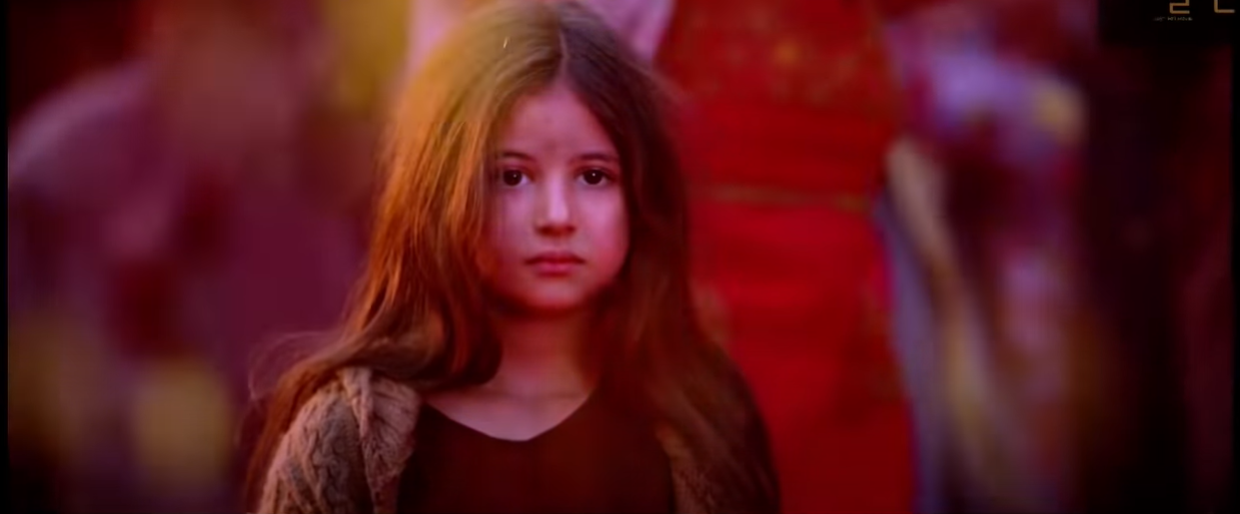
I have speculated that East Asians found Vajrayogini too sexually appealing, so they transformed him into the more elegant and pure Avalokiteśvara.
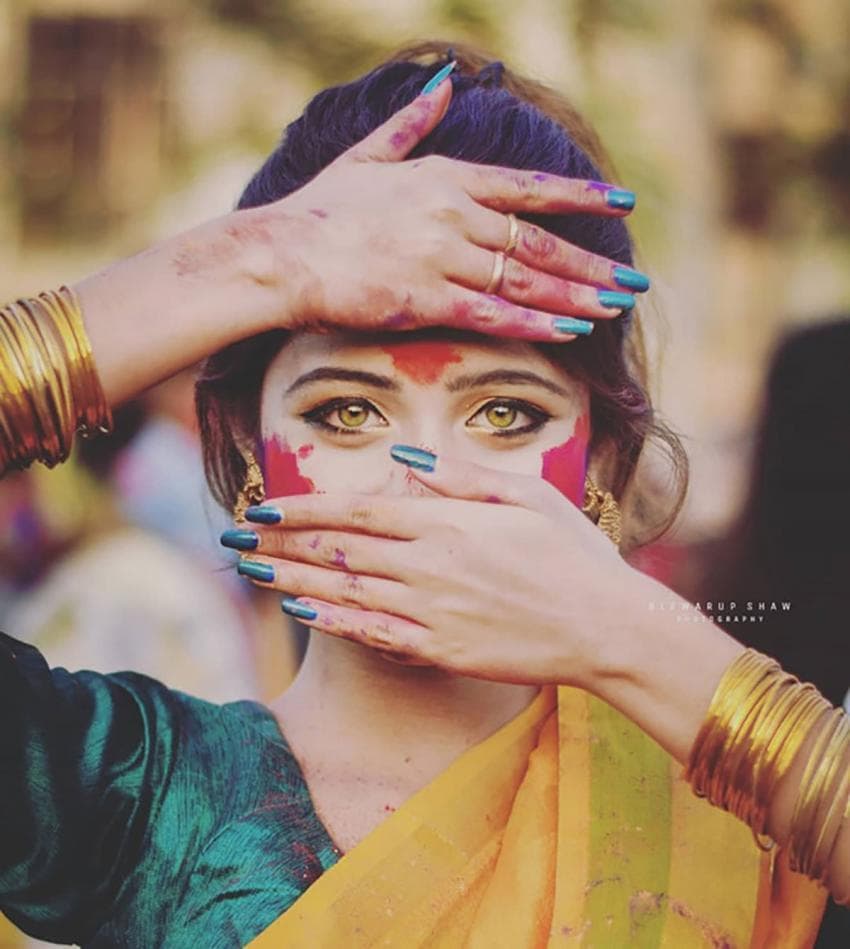
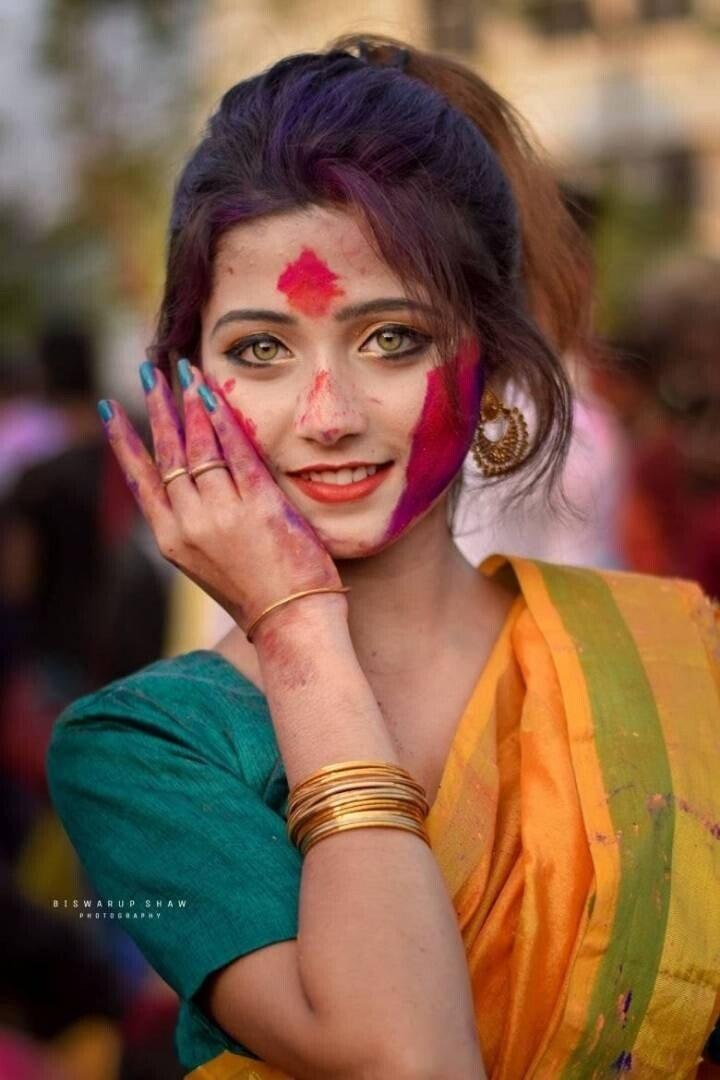
The physical attractiveness of women from the Indian subcontinent has dominated East Asian men for over 2,000 years, and East Asian men today feel a strong sense of familiarity and attraction towards women from the Indian subcontinent.
The reason why many modern East Asian men love Indian movies is because of Indian women!

Chinese Buddhism or Han Buddhism (simplified Chinese: 汉传佛教; traditional Chinese: 漢傳佛教; pinyin: Hànchuán Fójiào; Jyutping: Hon3 Cyun4 Fat6 Gaau3; Pe̍h-ōe-jī: Hàn-thoân Hu̍t-kàu) is a Chinese form of Mahayana Buddhism. The Chinese Buddhist canon[1] draws from the traditions of Confucianism and Taoism as well as the rituals of local folk religions. Chinese Buddhism emphasizes the study of Mahayana sutras and treatises. Some of the most important scriptures in Chinese Buddhism include the Lotus Sutra, Flower Ornament Sutra, Vimalakirtī Sutra, Nirvana Sutra, and Amitābha Sutra.[2][3] Chinese Buddhism is the largest institutionalized religion in mainland China.[4] Currently, there are an estimated 185 to 250 million Chinese Buddhists in the People's Republic of China.[4] It is also a major religion in Taiwan, Singapore, and Malaysia, as well as among the Chinese Diaspora.[2]
Buddhism was first introduced to China during the Han dynasty (206 BCE – 220 CE). It was promoted by multiple emperors, especially during the Tang dynasty (618–907), which helped it spread across the country.[5] The translation of a large body of Indian Buddhist scriptures into Chinese and the inclusion of these translations (along with Taoist and Confucian works) into a Chinese Buddhist canon had far-reaching implications for the dissemination of Buddhism throughout the East Asian cultural sphere, including Korea, Japan, and Vietnam. Chinese Buddhism also developed various unique traditions of Buddhist thought and practice, including Tiantai, Huayan, Chan Buddhism, and Pure Land Buddhism.
From its inception, Chinese Buddhism has been influenced by native Chinese religions and philosophy, especially Confucianism and Taoism, but also Chinese folk religion.
Buddhism, imported from India to China, developed into East Asian Buddhism and continues to have the greatest influence on East Asian civilization to this day.
Buddhism in East Asia is a mixture of indigenous religions from each East Asian country, and has polytheistic tendencies.
Scholars in China, Japan, and Korea are currently wondering why Buddhism, created by the Aryans, came to dominate East Asian civilization. So, they began to have great interest and sympathy for the Aryan theory.

Aryan (/ˈɛəriən/), or Arya (borrowed from Sanskrit ārya),[1] is a term originating from the ethno-cultural self-designation of the Indo-Iranians, specifically the Iranians and the Indo-Aryans.[2][3] It stood in contrast to nearby outsiders, whom they designated as non-Aryan (an-āryā).[4] In ancient India, the term was used by the Indo-Aryan peoples of the Vedic period, both as an endonym and in reference to a region called Aryavarta (Sanskrit: आर्यावर्त, lit. 'Land of the Aryans'), where their culture emerged.[5] Similarly, according to the Avesta, the Iranian peoples used the term to designate themselves as an ethnic group and to refer to a region called Airyanem Vaejah (Avestan: اَئیریَنَ وَئِجَهْ، airiiana vaējah, lit. 'Expanse of the Arya'), which was their mythical homeland.[6][7] The word stem also forms the etymological source of place names like Alania (Aryāna) and Iran (*Aryānām).[8]
I was surprised that Hassan, who was born in the Indian subcontinent, did not believe in the Aryan theory! Scholars in East Asia have absolute sympathy and fascination with the Aryan theory.
Steve claimed that I was probably a descendant of Japheth.
Scholars in East Asia claim that Aryans and East Asians have had close relations since prehistoric times.

In archaeogenetics, the term Ancient North Eurasian (ANE) refers to an ancestral component that represents the lineage of the people of the Mal'ta–Buret' culture (c. 24,000 BP) and populations closely related to them, such as the Upper Paleolithic individuals from Afontova Gora in Siberia.[6][7] Genetic studies also revealed that the ANE are closely related to the remains of the preceding Yana culture (c. 32,000 BP), which were dubbed as Ancient North Siberians (ANS), and which either are directly ancestral to the ANE, or both being closely related sister lineages.[8]
The ANE/ANS lineages both derive their ancestry from an admixture event between 'Ancient West Eurasians' (best represented by Upper Paleolithic Europeans such as Kostenki-14, c. 38,000 BP) and 'Ancient East Eurasians' (best represented by the Tianyuan man, c. 39,000 BP) during the Upper Paleolithic period.[9][8][10][11]
Around 20,000 to 25,000 years ago, a branch of Ancient North Eurasian people mixed with Ancient East Asians, which led to the emergence of Ancestral Native American, Ancient Beringian and Ancient Paleo-Siberian populations. It is unknown exactly where this population admixture took place, and two opposing theories have put forth different migratory scenarios that united the Ancient North Eurasians with ancient East Asian populations.[12][page needed]
Later, ANE populations migrated westward into Europe and admixed with European Western hunter-gatherer (WHG)-related groups to form the Eastern hunter-gatherer (EHG) group, which later admixed with Caucasus hunter-gatherers to form the Western Steppe Herder group, which became widely dispersed across Eurasia during the Bronze Age.[13]
ANE ancestry has spread throughout Eurasia and the Americas in various migrations since the Upper Paleolithic.[14] Significant ANE ancestry can be found in Native Americans, as well as in Europe, South Asia, Central Asia, and Siberia. It has been suggested that their mythology may have featured narratives shared by both Indo-European and some Native American cultures, such as the existence of a metaphysical world tree and a dog which guards the path to the afterlife.[15]
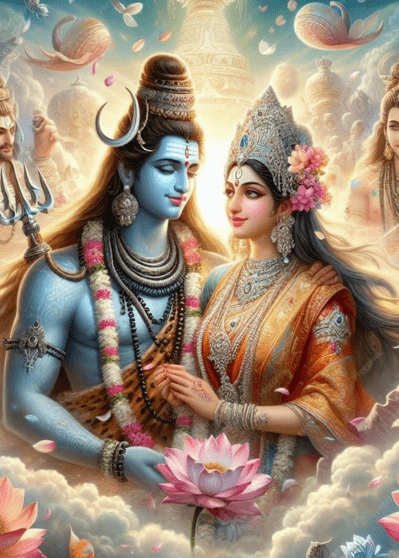
 Chinese prince marries Indian woman
Chinese prince marries Indian woman
 Two Girls of Gilgit-Baltistan, photographed by East Asians
Two Girls of Gilgit-Baltistan, photographed by East Asians
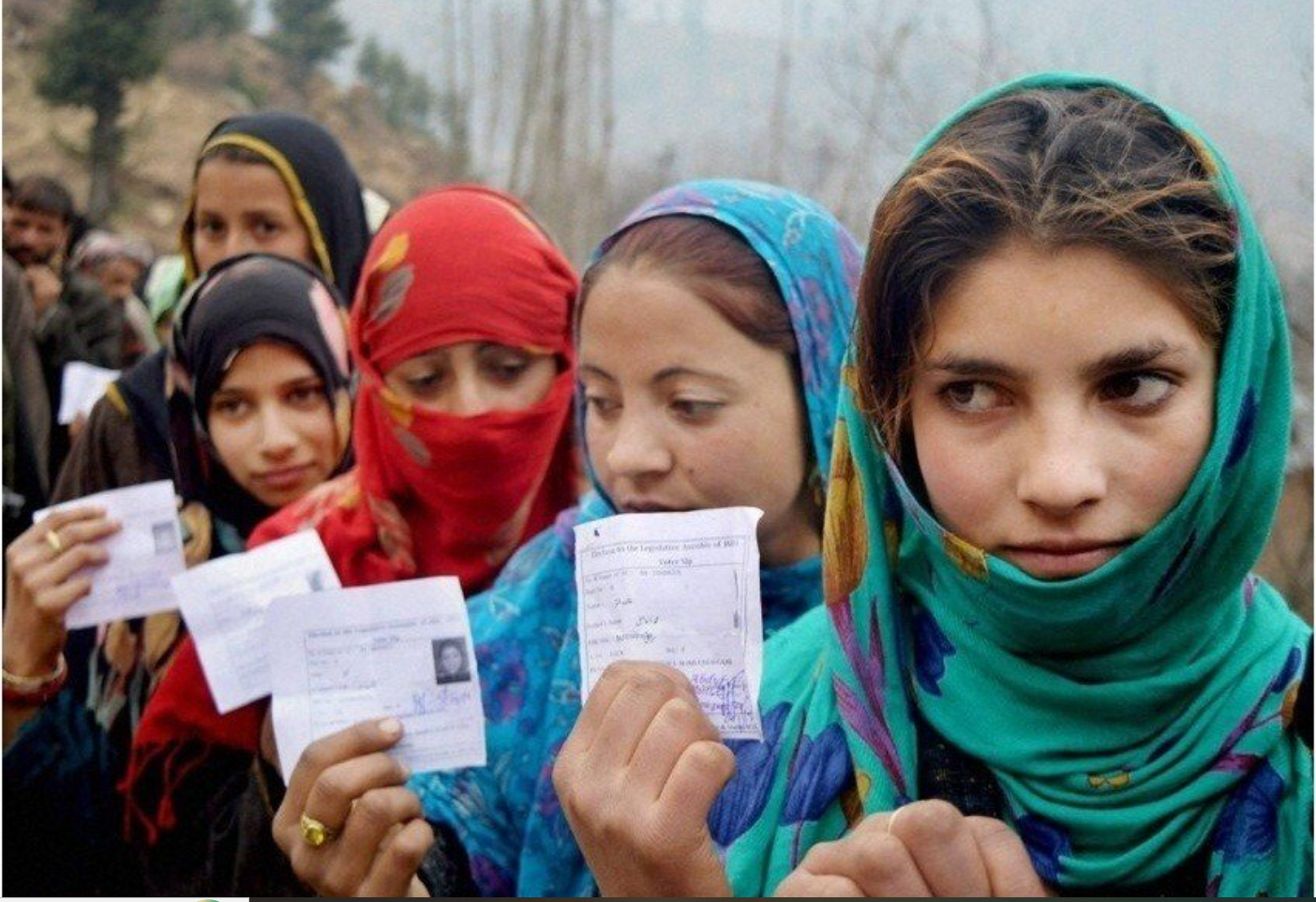 Pakistani girls photographed by East Asians
Pakistani girls photographed by East Asians
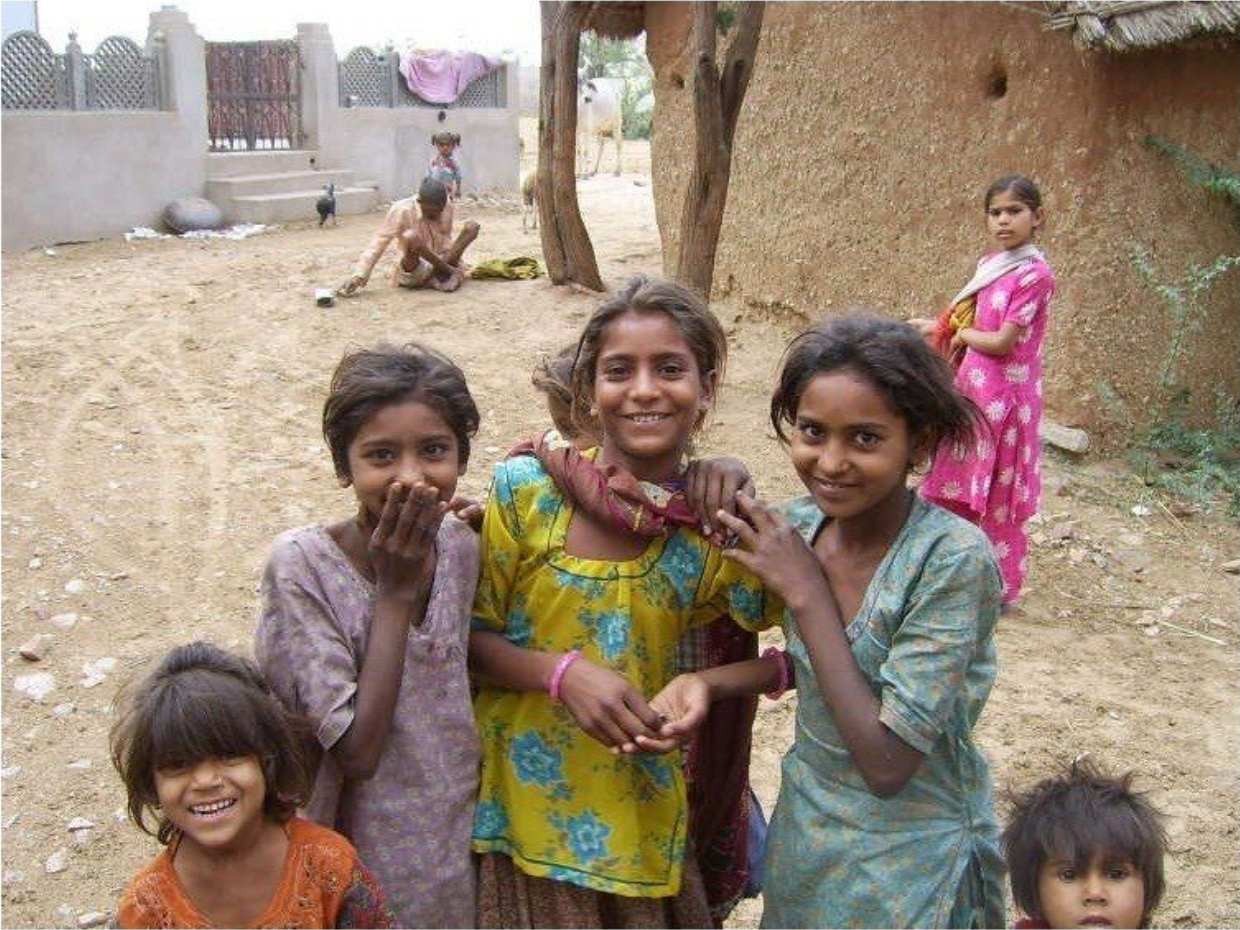 Dravidian girls of South India photographed by an East Asian
Dravidian girls of South India photographed by an East Asian
East Asians said that dark-skinned Dravidian girls were the most docile. So, East Asians said that dark-skinned Dravidian girls were better marriage partners than light-skinned Pakistani girls.
White people from the Indian subcontinent, whose skin is darker than that of East Asians, surprise East Asians. Dravidian girls are in no way inferior in beauty to the fair-skinned Pakistani girls.
So, there are many legends from ancient times about East Asian princes marrying Indian women with somewhat darker skin.
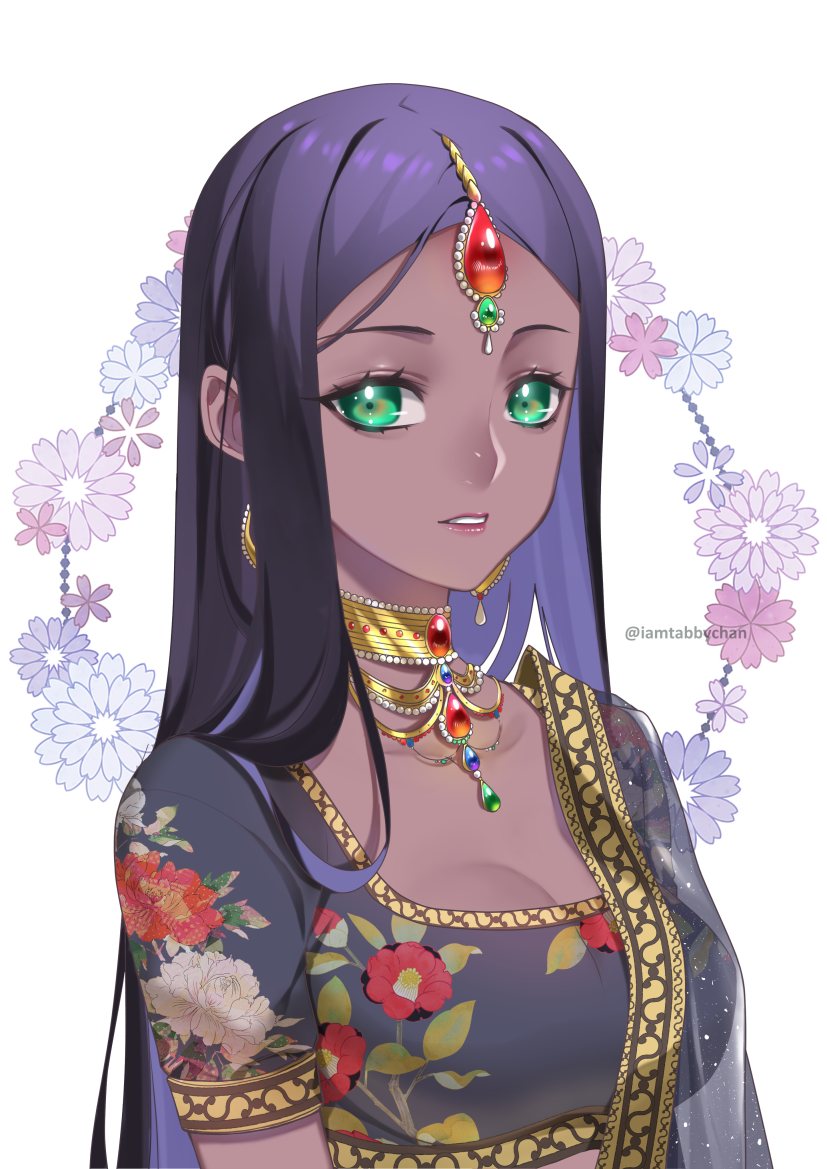 A beautiful Dravidian girl painted by a Japanese artist
A beautiful Dravidian girl painted by a Japanese artist
When looking at women from the Indian subcontinent, East Asian men can discover the mystery of the Indian subcontinent and its long history and traditions. Especially, dark-skinned Indian women who approach East Asian men in a friendly manner feel like East Asian women.
So, many modern East Asian men claim that women from the Indian subcontinent are the most beautiful in the world.

The Princess of Xiaohe (Chinese: 小河公主) or Little River Princess was found in 2003 at the Xiaohe Cemetery in Lop Nur, Xinjiang. She is one of the Tarim mummies, and is known as M11 for the tomb she was found in. Buried approximately 3,800 years ago, she has European and Siberian genes[1][2] and has white skin and red hair. She is unusually well preserved, with clothes, hair, and eyelashes still intact.
https://www.youtube.com/watch?v=NPm4u9A1_xM
Modern East Asian scholars also accept the North Eurasian theory, since they have officially accepted the Aryan theory.
I think Hassan would probably not accept either theory!😅
East Asian scholars have argued that the civilizations of India and China could easily interact and harmonize with each other because East Asians and Aryans are descendants of North Eurasians.
Some East Asians have argued that the most complete lineage of North Eurasians may be found in the Indian subcontinent.